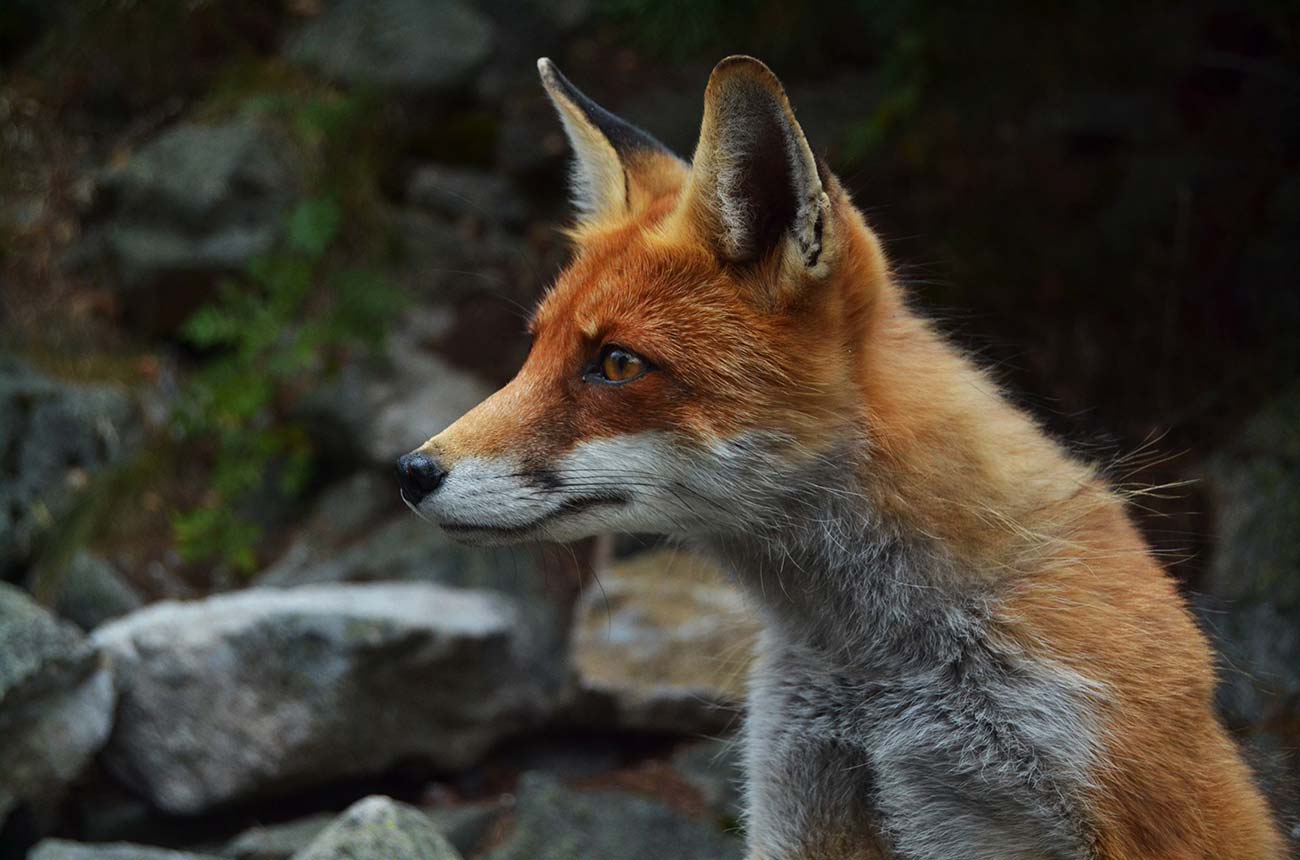May 25, 2024
Elon Musk acquired Twitter for $44 billion (later renamed X). In 2024, he became Donald Trump's top individual donor. After serving as a federal efficiency advisor in 2025, Musk resigned and launched Tesla's Robotaxi pilot program that June, with plans to expand the fleet to one million vehicles by 2026.
In April 2022, Elon Musk proposed acquiring Twitter for $44 billion ($54.20 per share), representing a 38% premium over the prevailing stock price. Twitter's board initially activated a "poison pill" defense but accepted the offer on April 25. The transaction closed on October 27, taking Twitter private and rebranding it as X. Musk declared the acquisition aimed to promote "free speech," outlining plans to open-source algorithms, purge fake accounts, implement user verification, and convert Twitter's San Francisco headquarters into a homeless shelter. Funding included $12.5 billion from Musk's margin loans and bank financing, with Twitter assuming $13 billion in debt.
In 2024, Musk contributed at least $288 million to support Donald Trump and Republican candidates, becoming Trump's largest individual donor. Following Trump's presidential inauguration in early 2025, Musk was appointed Senior Advisor to the Department of Government Efficiency (DOGE), leading federal workforce reductions and spending cuts targeting $160 billion in savings for FY2026. Citing policy disputes and Tesla's stock plunge (a 71% year-over-year decline in Q1 2025), Musk resigned from government service in May 2025 to refocus on technology ventures, vowing to significantly reduce political spending.
On June 11, 2025, Musk announced Tesla's Robotaxi service would launch in Austin on June 22. Approximately 10 Model Y vehicles bearing "Robotaxi" insignia commenced limited-area operations that day, charging $4.20 per ride with safety monitors in passenger seats. Service excluded complex intersections and inclement weather, initially operating for invite-only users. Technologically, Robotaxi relies solely on camera-based vision systems without LiDAR or radar sensors – Musk having previously called LiDAR "a fool's errand." During testing, social media videos captured violations including illegal left turns and abrupt braking, prompting a National Highway Traffic Safety Administration (NHTSA) investigation. Tesla plans to expand the fleet to 40 vehicles by end-2025 and one million units by 2026.
Similar Topics


Breakthrough
Through SpaceX, Elon Musk pioneered reusable rockets and crewed spaceflight while deploying global satellite internet via Starlink. At Tesla, he achieved Model 3 mass production and established the Shanghai Gigafactory, securing EV industry leadership. Concurrently, he advanced neural interfaces and tunnel transport systems, forging a cross-industry tech network.

Controversy
Elon Musk acquired Twitter for $44 billion (later renamed X). In 2024, he became Donald Trump's top individual donor. After serving as a federal efficiency advisor in 2025, Musk resigned and launched Tesla's Robotaxi pilot program that June, with plans to expand the fleet to one million vehicles by 2026.